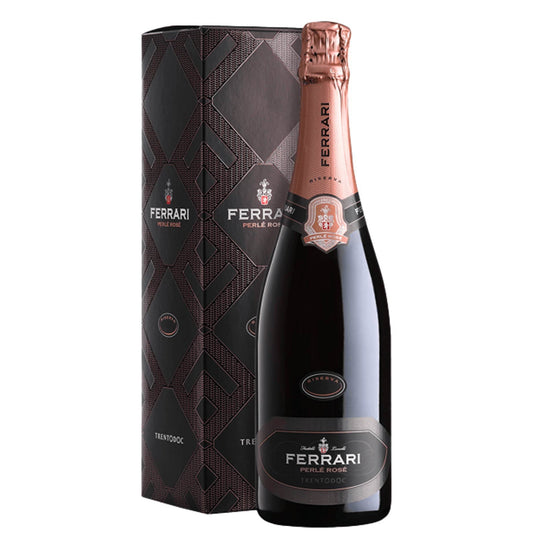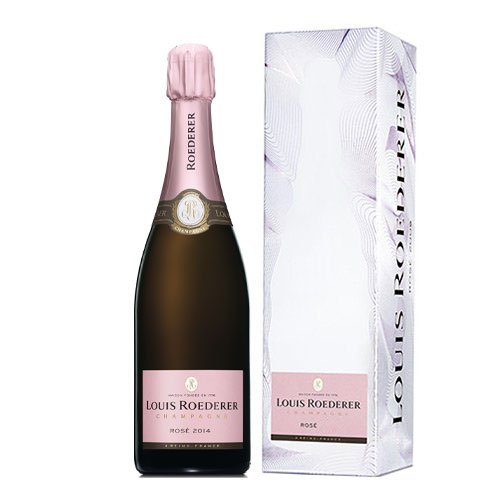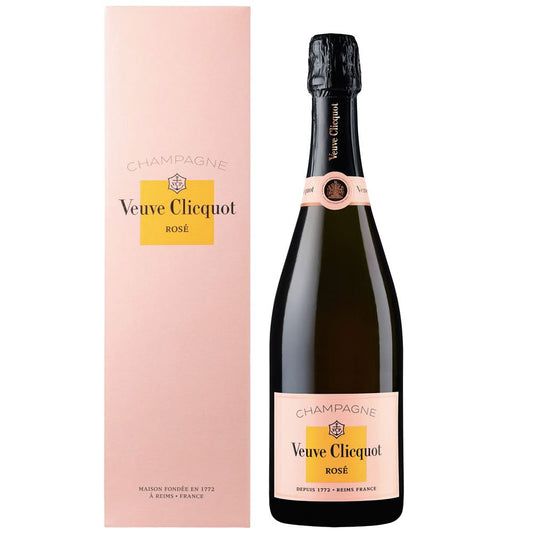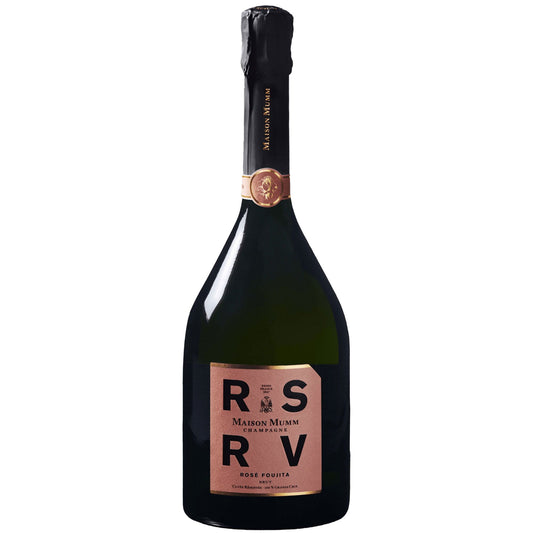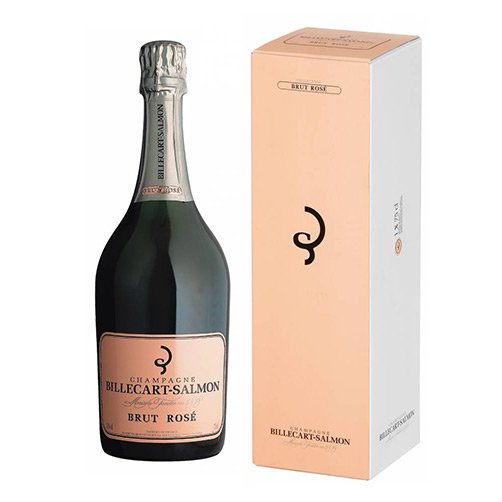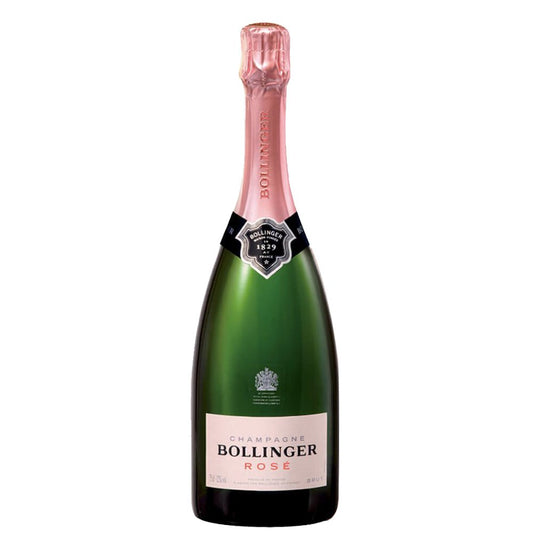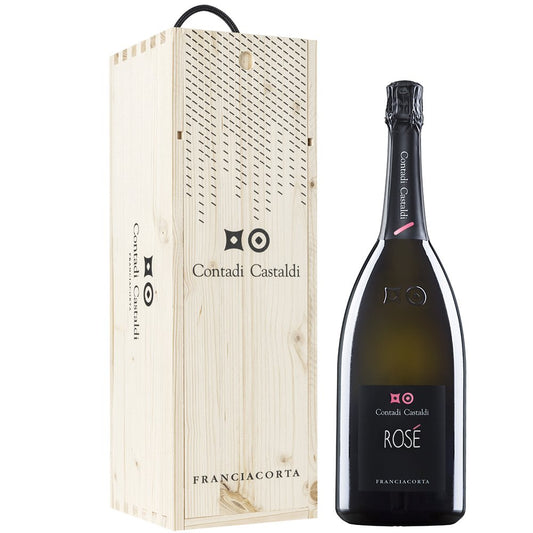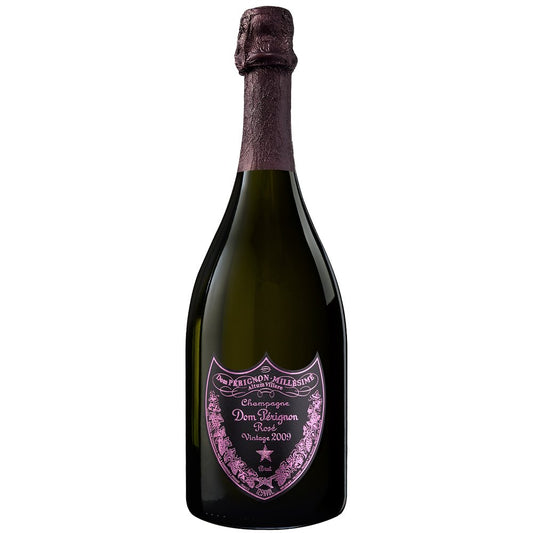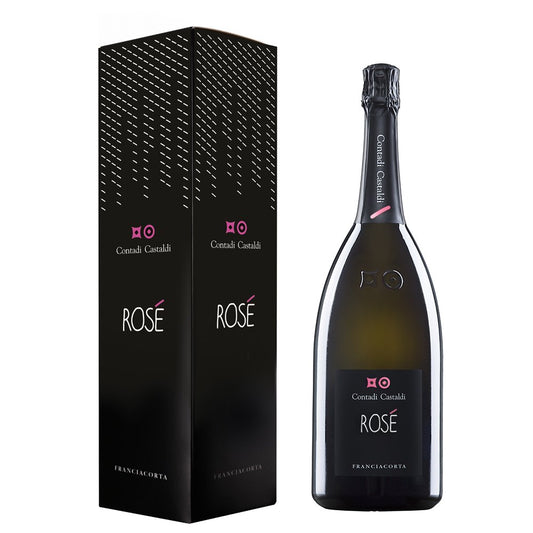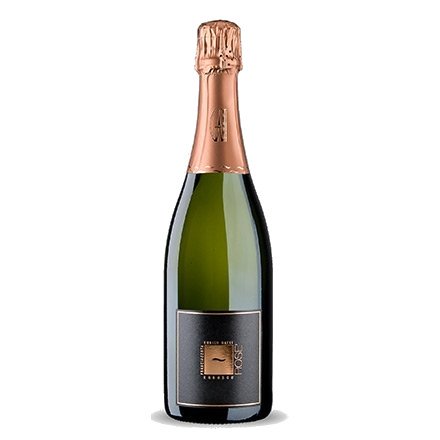The best rosé wines: characteristics, production, and pairings
Rosé wine has gained increasing popularity among wine lovers in recent years. Thanks to its delicate color and fresh, genuine flavor, this wine has established itself as a quality choice, appreciated even in Michelin-starred restaurants. Let's discover the characteristics of the best rosé wines, the production method, and recommended pairings.
How is rosé wine produced?
Contrary to popular belief, rosé wine is not made from a blend of red and white wines, but from a specific method of vinification of red grapes. The main technique involves a short maceration of the skins in the must (maximum 2 days), followed by the separation of the solid parts and the fermentation of the clear must. The maceration time determines the intensity of the final color.
Another technique is “salasso”, used for example for Champagne Rosé, which involves removing part of the fermenting must once the desired color has been achieved and then fermenting it separately.
The characteristics of rosé wines
Rosé wines come in a wide range of shades, from powder pink to coral, salmon pink and apricot pink. The nose is dominated by delicate floral and fruity aromas, ranging from wild berries to cherry, with citrus notes of grapefruit and orange zest.
On the palate, the best rosé wines are distinguished by their freshness and lightness, with very low tannin content. Pleasant salty and mineral notes complete the picture, making these wines perfect as an aperitif or to accompany light dishes.
Rosé wine regions
Some of the most renowned areas for rosé wine production are found in France, Italy, and Spain. In Provence, in the south of France, elegant rosés are produced from Grenache, Cinsault, and Syrah. In Italy, the rosés of Salento in Puglia, the Chiaretto del Lago di Garda, and the Cerasuolo abruzzesi stand out.
Food and rosé wine pairings
Versatility is one of the strengths of rosé wines, which are suitable for accompanying a wide range of dishes. Here are some pairings that are sure to be a success:
Appetizers and finger food: rosé wine is perfect for aperitifs with bruschetta, grilled vegetables, and fish tartare.
First courses: it goes well with light pasta dishes with tomato or seafood sauces.
Fish main courses: excellent with shrimp, squid, and grilled shellfish.
White meats: ideal with chicken, turkey, and rabbit.
Fresh cheeses: it goes well with mozzarella, ricotta, and robiola.

